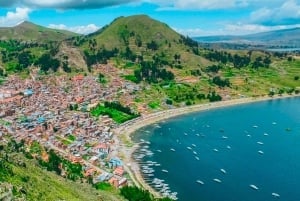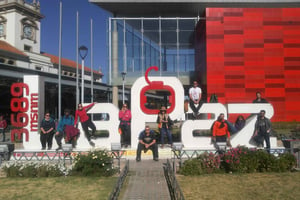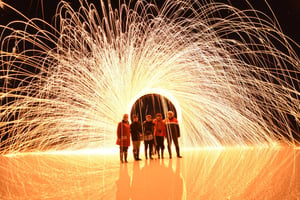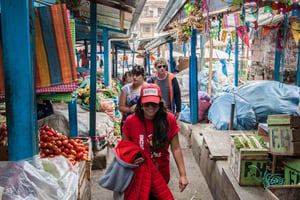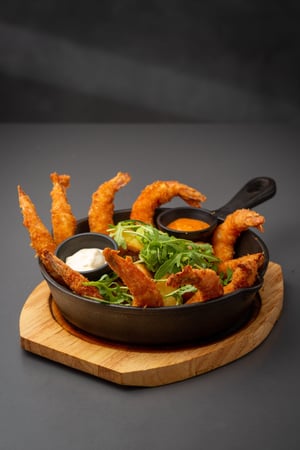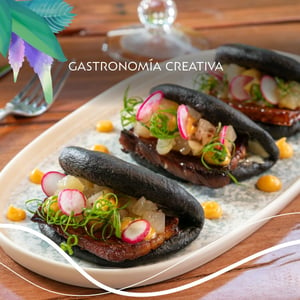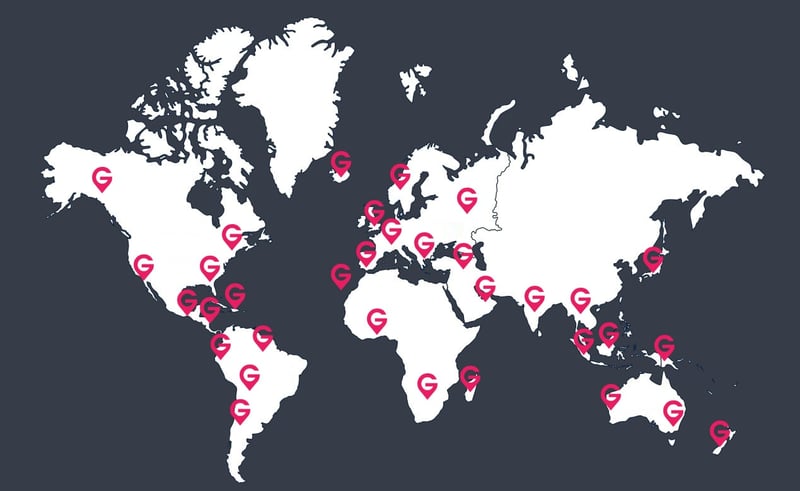Beni
The principal economic activity is livestock. There is a huge number of head of cattle (more than 3 million) that feed on the extensive pastures. the region supplies meat to the country, and a large part of the production is exported. There are also food crops (cassava, corn, rice, bananas) for domestic consumption.
Every year Beni welcomes a great number of tourists who are interested in living with nature. There is an impressive variety of fauna: jaguars, pumas, bobcats, colorful parrots, toucans, kingfishers, macaws, herons, woodpeckers, ostriches, partridges, caimans, anacondas, snakes, turtles, huge river fish, deer, monkeys, brown bears, anteaters, American boars, Jochen (huge rodents), etc.
The well-known tourist attractions are:
- Rurrenabaque (Madidi y Pilón Lajas reserves): a natural reserve considered to be the "jewel of Amazonian tourism" thanks to its biodiversity and paradisiacal landscapes.
- Laguna Suárez: Huge pre-Colombian artificial lake located 5 km from the city of Trinidad. It is a beautiful fresh water resort with lots of water sports available. It has a swim club and a restaurant.
- Riberalta: located high on the banks of the Beni River, it is famous for its crafts (wicker, wood carving, embossed leather, etc.)
- San Ignacio de Moxos: Jesuit mission whose church, mixed Baroque, was built in the 17th century and houses the Ethnologic Museum (displays wood carvings, silver, etc.) and a Baroque music archive.











